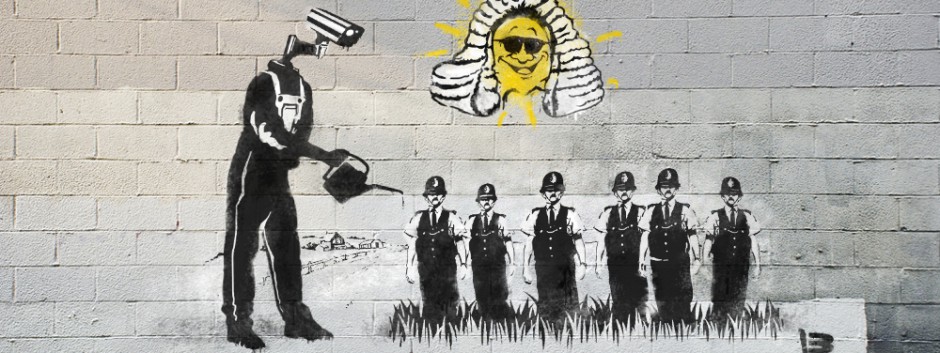How did our brains come to grasp the concept of putting symbols down on a rock, leaf, or paper to provide meaning to another person taking a look at those symbols? If a person who has absolutely no knowledge of the technology of writing is to be considered for an example, it is mind boggling to consider the possibility of such a technology taking form in their mind. As proven in the reading and discussions provided in class, mere symbols cannot have written meaning to a culture or a person without the background knowledge of orality.
Thereafter, a symbol of some sort can mean one thing to the person drawing that symbol, and something else entirely to another person trying to grasp the meaning of that symbol drawn. It was interesting for me to read about the origins of the alphabet in detail on page 87. The author reveals to us that the alphabet was invented only once. The Semitic people improved on the alphabets close to 500 years ago. Thereafter followed the continuation of the alphabet in various forms and shapes, all relating back to the first emergence of the alphabet five centuries ago.
Although we are constantly discussing in class about the shift of one set of mind to another through the coherence of either literacy or orality, it was interesting for me to acknowledge the great shift which also occurred after literacy was introduced. The shift was presented to us through the medium of cultural differences; providing us with numerous individualistic sets of alphabets present in our world today.




Good point about the alphabet. It’s fascinating about all the writing systems that Ong discusses, particularly the syllabaries, rebuses, and the Semitic languages without consonants.
Can you elaborate on your point where you say “As proven in the reading and discussions provided in class, mere symbols cannot have written meaning to a culture or a person without the background knowledge of orality”? I don’t quite understand this point. You can respond here.